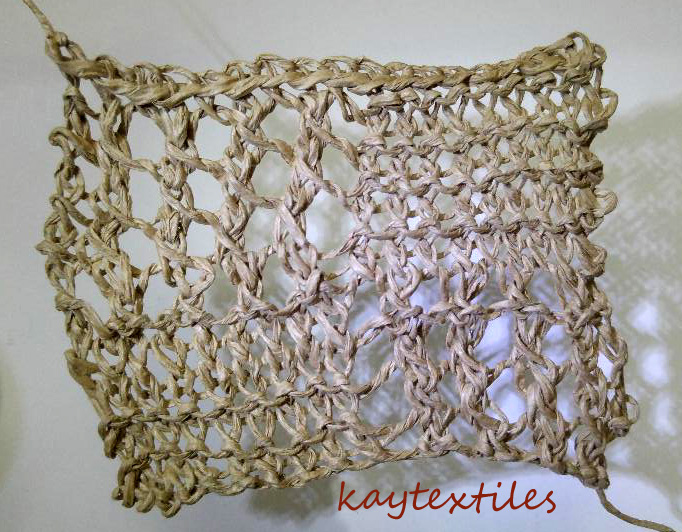Image 98 - diagonal linear pattern in black and white. Lost some of the impact of Image 94 due lack of counterchange in colouring. For my theme though, it does look a little bit shadowy.
Image 99 - four shapes with same part of shape turned under, arranged in rotating pattern.
Image 100 - Image 99 reduced and traced. Border and counterchange with Inktense colour added. Pretty contrived. Not sure symmetry works for me. By losing shape of gull, have lost beauty of shape of design and its feel altogether. Don't think this will be pursued further.
Image 101 - page subdivided into overlapping rectangles. Coloured with Koh-i-noor dyes.
Image 102 - window, including part of collaged shape, cut from page and replaced on same page.
Image 103 - extension - section of shape added behind the window.
Image 104 - gelli printed brown paper inserted behind to build up layers.
This design is getting a little busy but the tones of colour are good and the layering successful. On a larger scale, I think multiple windows of different size and transparency would enable my shadow theme to be achieved.
Image 105 - shape cut from edge of page. Extension - gelli negative shape outlines added and painted with Koh-i-noor dyes inside. (photo taken on black background)
Image 106 - (reverse of page in Image 105) - shape cut from edge of page, gelli printed paper parts of negative shape outlines added and marks made to give sense of movement. Part of design from Image 105 peeks through on left hand side. (photo taken on black background)
Image 107 - ripped strip gelli printed paper. Shape coloured with dry Payne's Grey Inktense pencil and overpainted with matt vinyl emulsion. For something as simple as this its all in the placement and the bird should be lower and the strip less thick. Think it was getting late and I didn't stand back and look at this design...it's only when displayed on the screen I really looked.
Image 108 - large G and shape. Coloured with Koh-i-noor dyes.
Image 109 - line of writing with Koh-i-Noor Hardtmuth Triograph 4B. Words taken from Joni Mitchell (my hero) Song to a Seagull.
Image 110 - biro figure. Mmmm...you get the idea, though figure questionable. Extended line of green on newspaper to keep your eyes from other things! Looking back to Image 95, the random figure that appeared by happy accident has better integration into the design.
Image 111 - eye in biro. Coloured with Koh-i-noor dyes.
Images 110 and 111 might work better for me if the biro figure and eye were related to any of my design ideas, i.e. perhaps fish and chips (always ready for them!) - which would also, in past times, link with the newspaper - or maybe random items from landfill.
Image 112 - I had trouble with Exercise 13 as when you draw over the new surface, part of it is on the reverse of the page - or maybe this was the idea - so this is my interpretation. The page originally had an elongated gull cut from gelli printed paper. Only part of the shape was on the page from Exercise 13 and then I merged this with Exercise 14 by pleating the page and drew additional shapes and painted.
Image 113 - outline cut shapes over original shape. Coloured with Koh-i-noor dyes.
Image 114 - strips of gelli printed brown paper in vertical lines.
Image 115 - rough rectangles in gelli printed brown paper.
Image 117 - cut shapes densely placed with original shape produced by mark making in kantha pattern.
Image 118 - drawn shape and drawn cut shapes with selected dot filling. Coloured with tea.
Image 119 - drawn shape, drawn cut shape and random shape plus colour and mark making. (Note, this is the reverse of the page in Image 104.)















































